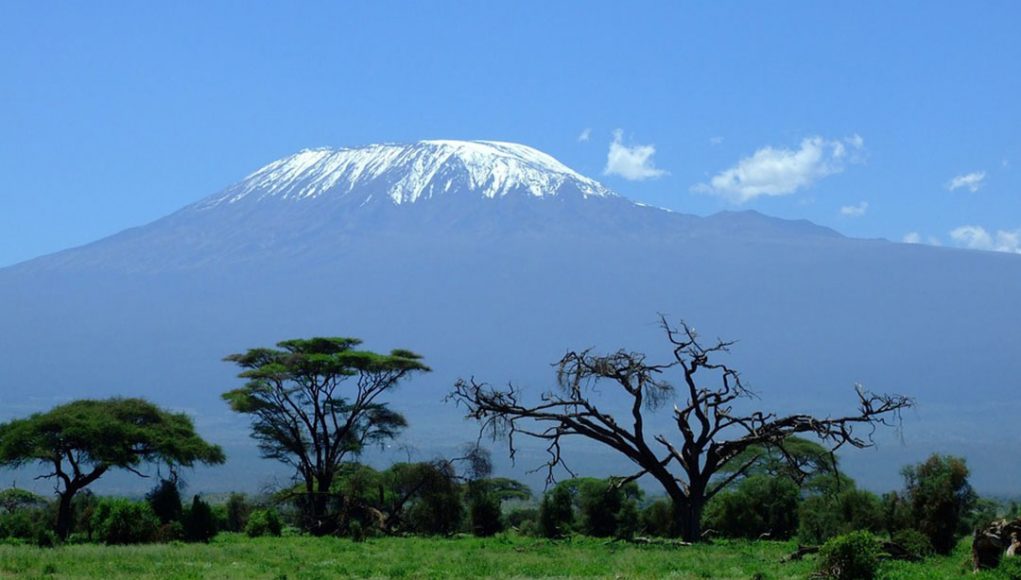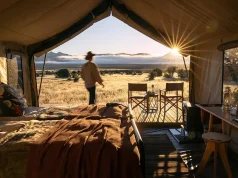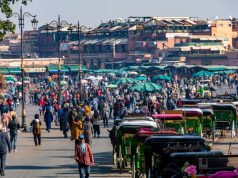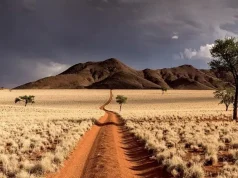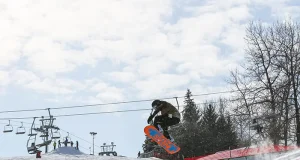Thousands have climbed Kilimanjaro safely and successfully, but even the mildest route is challenging. Make it easy on yourself by preparing well, and here are our top five tips to help you.
Pack Carefully
Kilimanjaro is wild – it can be hot and cold, and the push for the summit is in pitch darkness. Make sure you pack the right equipment that will make your days and nights safer and more comfortable. We recommend at least the following: head torch and hand torch plus batteries; ski pole; warm clothing including decent socks; camera and extra SD cards for all the photographs you’re going to take; toilet paper (very useful!) and wet wipes; a travel pillow; sun cream and sunglasses; and don’t forget snacks like energy bars. And taking some easy-to-carry games for your evenings under the stars is always fun. This isn’t a definitive list by any means, so research carefully so that you have everything covered.
Prepare Physically
Kilimanjaro is a challenging hike, and the best way to prepare is by hiking! Make sure you’re comfortable walking and scrambling up and downhill for long distances; you might like to try one-day hikes where you live and put in the distance through a walking program. You can also test equipment, such as hiking shoes, during your training. Resistance training to prepare your muscles won’t hurt, either.
Prepare Mentally
Kilimanjaro isn’t Everest, but it still has challenges that can be overcome more efficiently with a solidly positive outlook. It’s not going to be comfortable. Sometimes, it’ll be cloudy; when you’re in the clouds, it’ll be damp and grey. You won’t be able to wash quickly and will wear the same clothes for days. There are no flush toilets….sometimes there are no toilets! You’ll be fine if you have an uncompromising mental attitude that can overcome all these inconveniences and focus on what’s ahead of you rather than the target far away. It’s an experience like no other, and hikers who view it as a privilege and an opportunity get far more out of it.
Choose the Route That’s Right for You
If you’re an inexperienced climber, you’ll need time to acclimatize to the harsh conditions to avoid altitude sickness as much as possible. Choose a longer route for greater time to acclimatize and don’t forget to “walk high, sleep low”, which prepares your body better than a full march straight to the top.
The Marangu route is traditionally the most leisurely climb. It is the only route with hut accommodation in a dormitory style, so you won’t need camping equipment. It’s a less busy route because there are a limited number of beds in the huts, so only a certain number of climbers are allowed daily. But as it’s a rapid climb, acclimatization can be a problem.
The Machame route is more challenging but more picturesque than the Marangu route. The Lemosho route is quieter, and the Rongai route is quieter still. The Umbwe route is the newest and toughest, so it is only recommended for experienced hikers.
Journal
Your Kilimanjaro challenge will be over before you know it: the blur of excitement, toughness, magical moments and deep conversations will pass by so quickly, and although all your pictures will tell a story and remind you of your adventure, journaling daily can be a great way to record the things that happen, the feelings you have and the emotional detail that pictures can’t reflect.
Preparation is the key to a successful and (almost) comfortable hike up Kilimanjaro. If you prepare well, you’ve given yourself the best opportunity to enjoy the adventure of a lifetime.


